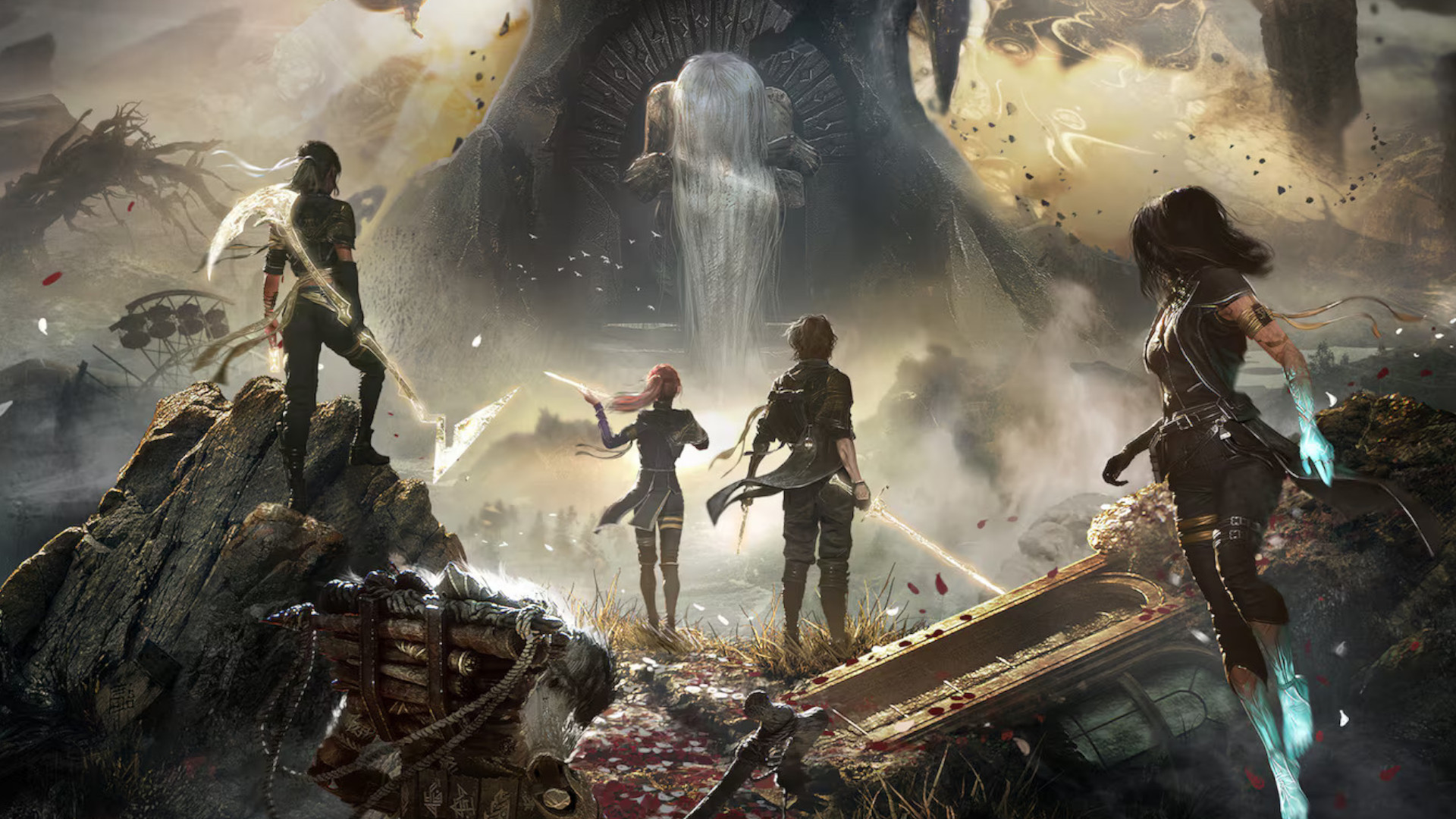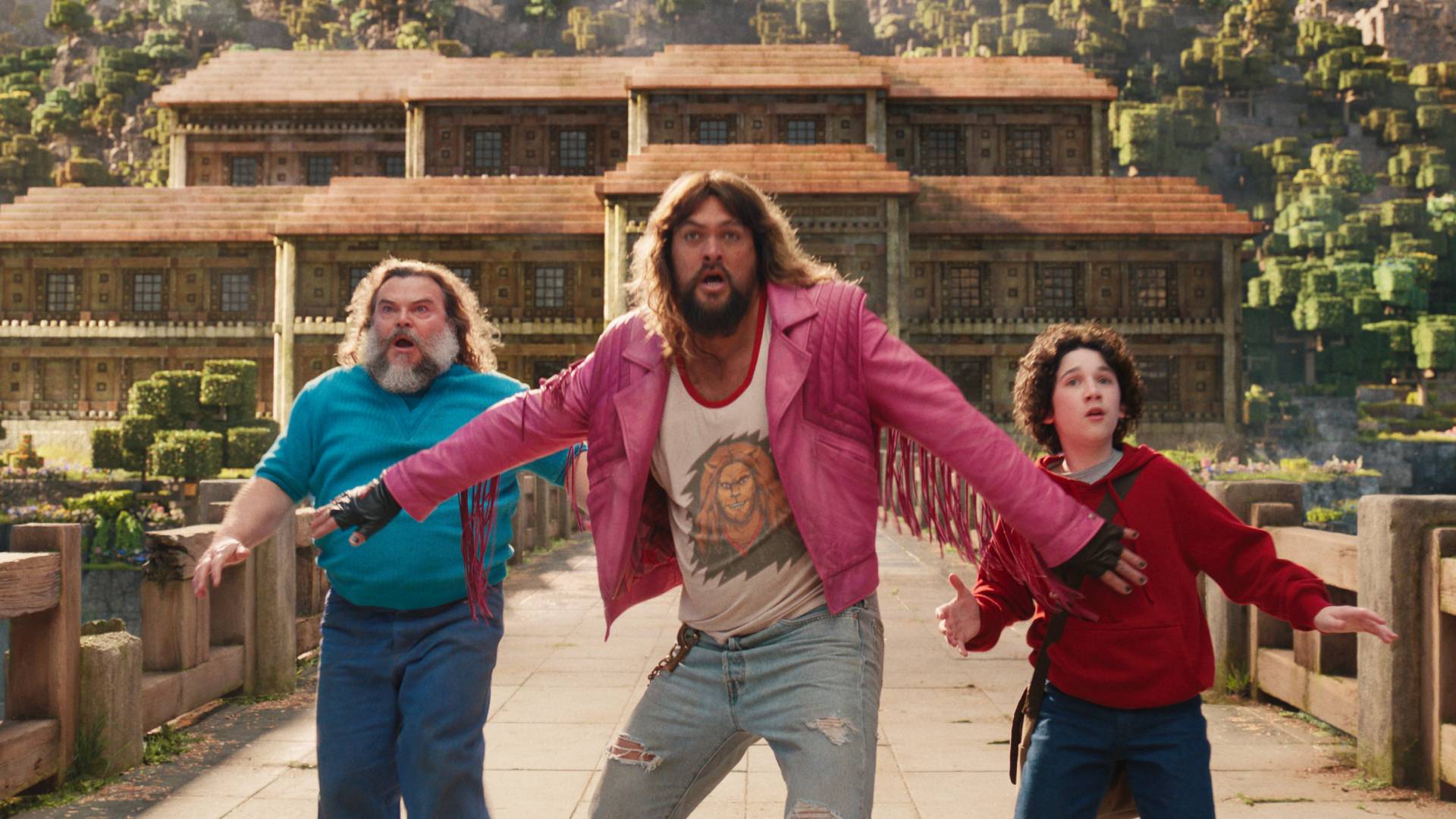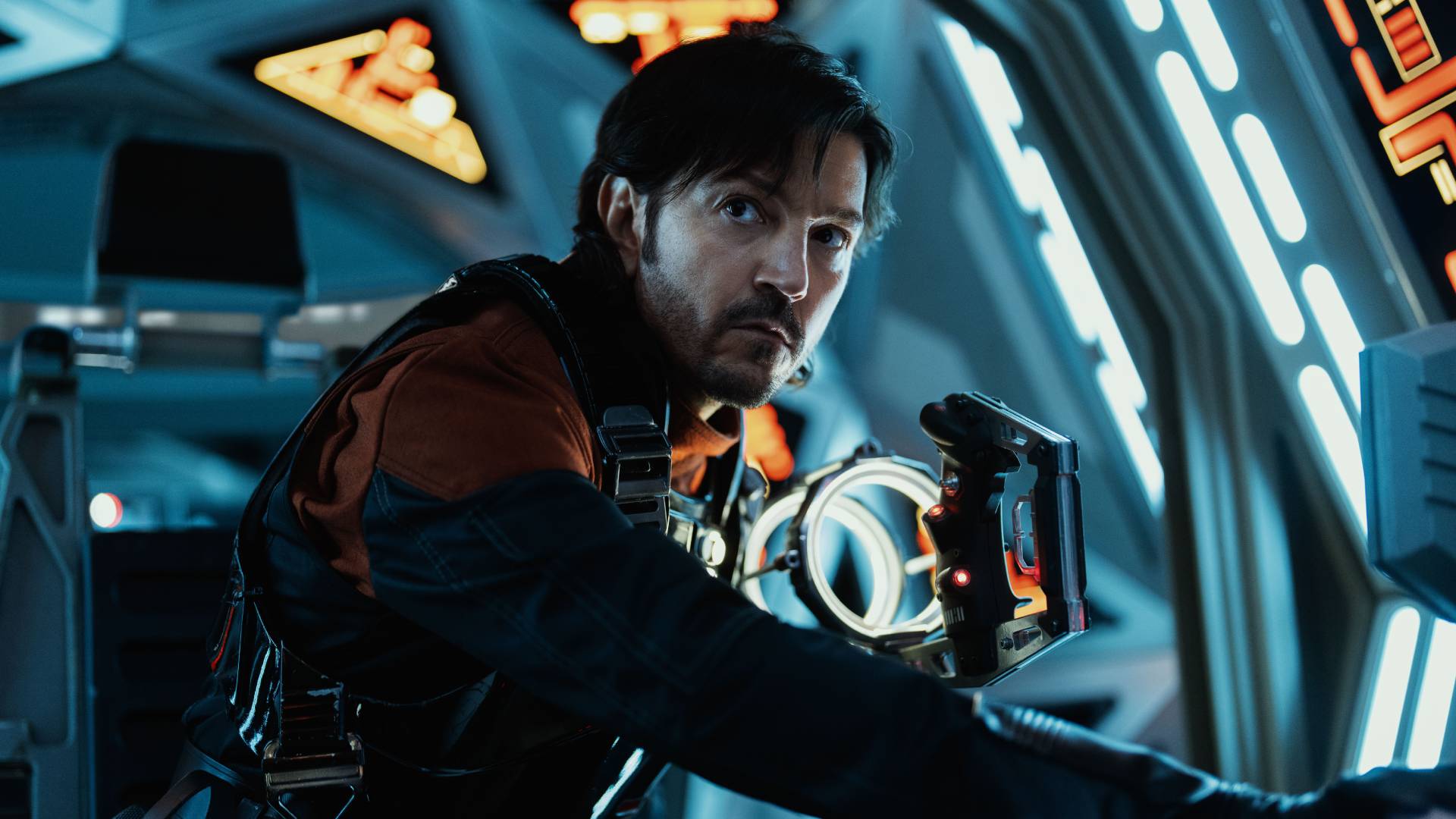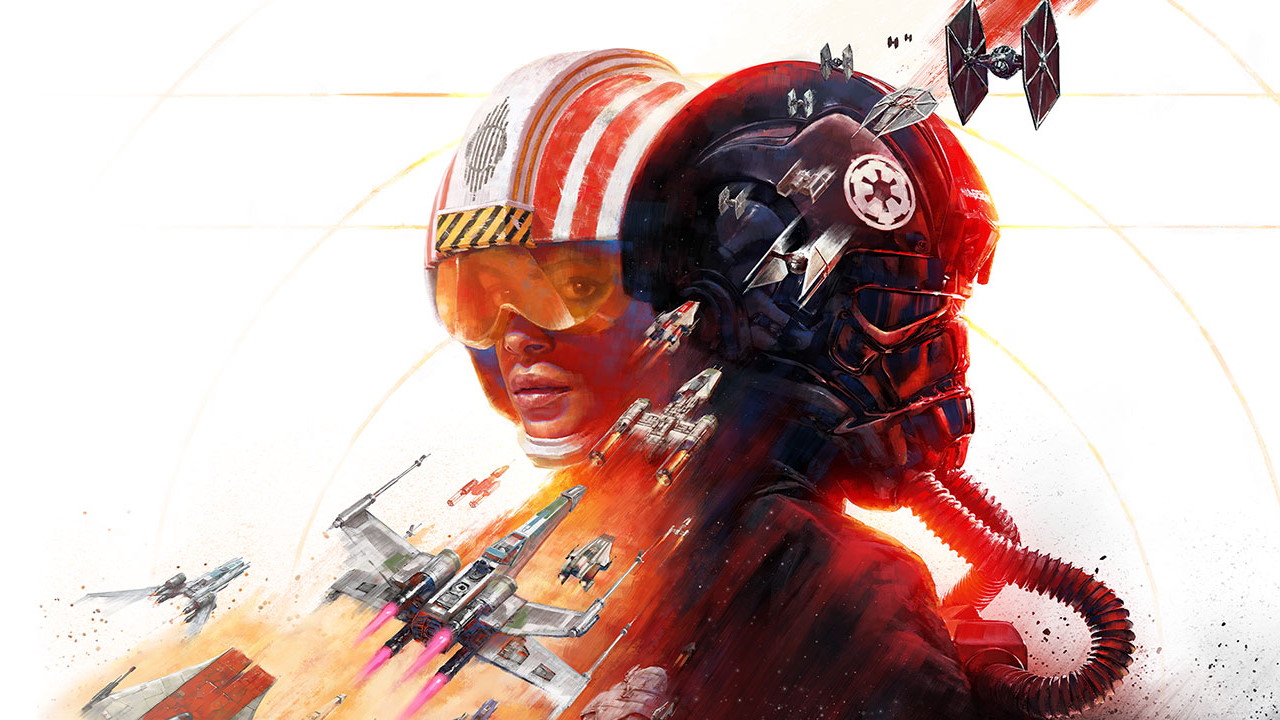
Star Wars: Squadrons old-school approach to multiplayer is apparent, even before you step into the cockpit of your TIE Fighter or X-Wing. For starters, there's only two competitive modes that you'll be honing your skills in: Dogfights and Fleet Battles, which will be in the game from Day One and stay there permanently. Then there's the fact that while the game has cosmetics and swappable components for you to unlock, they're not tied in with any form of microtransactions, and then there's the decision to launch at a cheaper price of $39.99/£34.99. And that's before we get to the most retro thing of all: This is a Star Wars dog fighting game that looks to the likes of Rogue Squadron and X-Wing vs. TIE Fighter games for inspiration.
When I get the chance to chat with Star Wars: Squadrons creative director Ian Fraizer, I ask him if this old-school approach is something that the team at Motive had in mind when they started work on the game, and his response is emphatic. "Oh, yeah, absolutely. I mean, it's not that we wanted to feel like it's from 20 years ago, obviously we wanted it to feel modern, but a lot of the roots of it a lot of the design roots do stretch back in the '90s. You know, we're pulling inspiration from multiple different Star Wars flight titles in that time period. And I think our approach to even the release and development of the game is somewhat old school in it's mindset."
Learn to fly
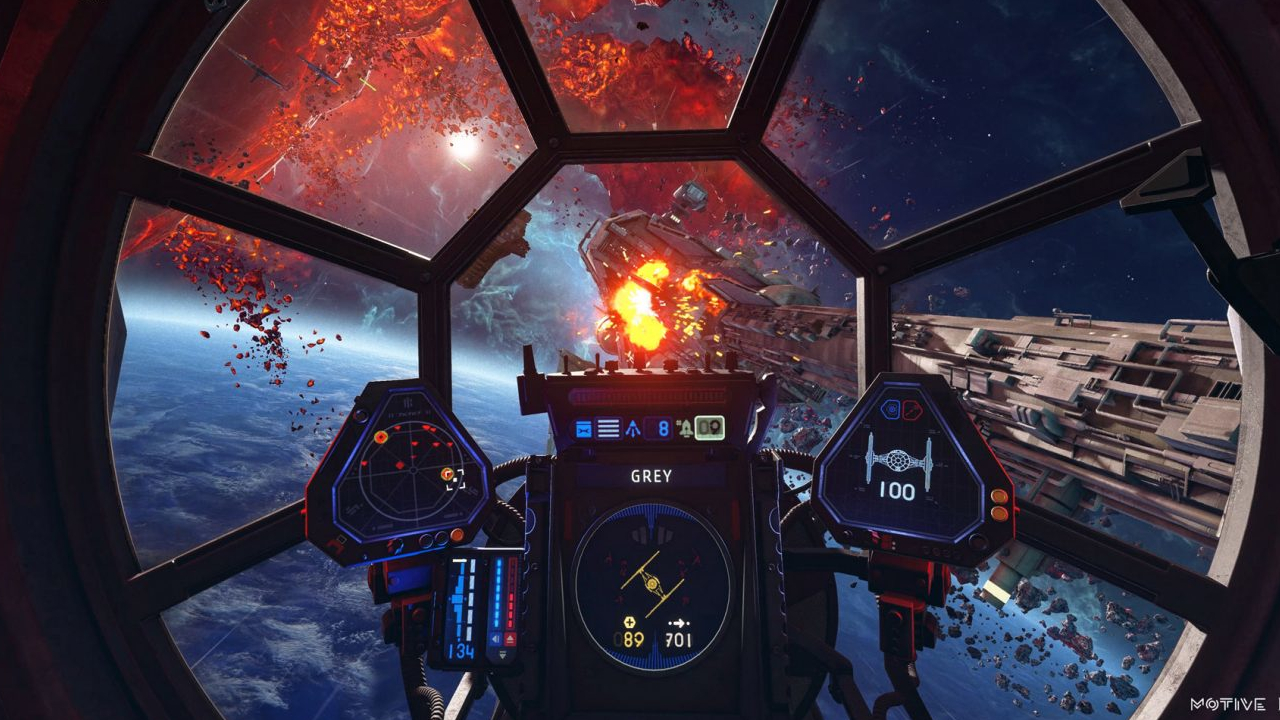
Let's start with the game itself. One of the key things about your progression in the game is that it's focused on becoming more confident with how each Starfighter handles. Over time, you'll learn to move from the basics – flying and shooting – to learning how to manage your power system and then onto even more advanced maneuvers, such as drifting. Frazier tells us how the team approached this design challenge, so that players can approach combat without feeling overwhelmed: "We've always tried to do it as a multi-layered structure in terms of complexity. In fact, in the first pitch, before we even had a prototype, I had a controller map. And I had colour coded the most basic stuff, like you cannot play this game if you cannot do these things," Fraizer tells me.
"Then as we built out the experience, we've tried to make it so that things [at the highest complexity] are not required. If you settle on the easier difficulty, you can beat the entire story without using power management. But, as you go up, you need to start using power management as difficulty [increases]. As you get into the multiplayer, it's all skill based matchmaking. So if you're playing kind of the lower ranks, that stuff isn't as required. But obviously, if you start climbing the competitive ladder, you're gonna need all the tools and all the toys and all the tricks."
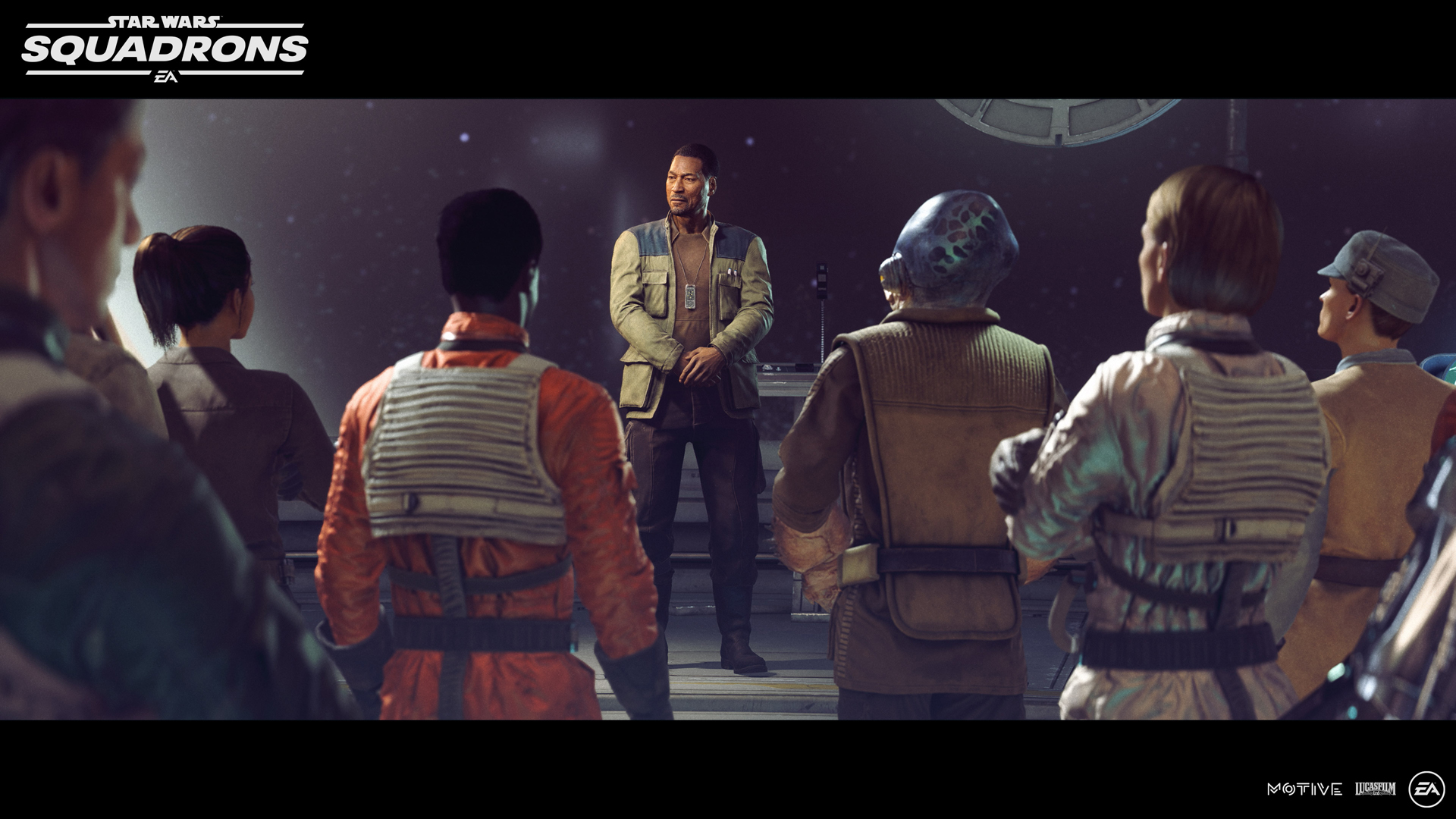
As I found in my Star Wars Squadrons preview, this type of complexity is appealing, creating satisfying matches that thrust you into action while always offering something more. But this depth also means that the meta of the modes you play subtle changes the better you get at the game. Frazier explains: "It was important to us to have that progression of both for the way you're handling the mode, but also the way you deal with other players. When you start playing our fleet battles, you're like, 'Oh, my God, these capital ships are they invincible? They're so hard!' And as you start to get a feel for it, you learn the right way to approach turrets, that kind of thing gradually gets to the point where Oh, they're not so bad. But gradually, of course, the players around you are also getting better at the game. So, an early player is more worried about the big AI capital ship and a higher skill player, who has been playing for a while, is more worried about other people. And you see that kind of shift over the course of time."
That focus is mirrored in the modes you play in. While there is a single player story for you to soar through, it's the multiplayer modes where you'll be aiming to spend most of your time. While two doesn't sound a lot on paper, Frazier tells me the reasons why the team decided to focus on two modes instead of more: "The first reason is this game is very focused. This is a Star Wars space pilot fantasy game and it's not trying to be all things for all people. Now because of that, we want to make sure that when you go in there, you're looking for this experience that you have a quick matchmaking time you can get into the game easily. And the more modes we make, the more we run the risk of 'Alright, technically you have this mode. That sounds cool, but you're gonna have to wait 25 minutes to get into it'."
"That's kind of from an online design standpoint. The other standpoint is purely as a developer, you know, there's only so much time and people in dollars and cents. The more we spread it around, the less good everything is," he says, adding, "so our approach is very much if we're confident we can do two things well, let's not do three things kind of well, let's do two things well."
Sign up to the GamesRadar+ Newsletter
Weekly digests, tales from the communities you love, and more
Battle Passed
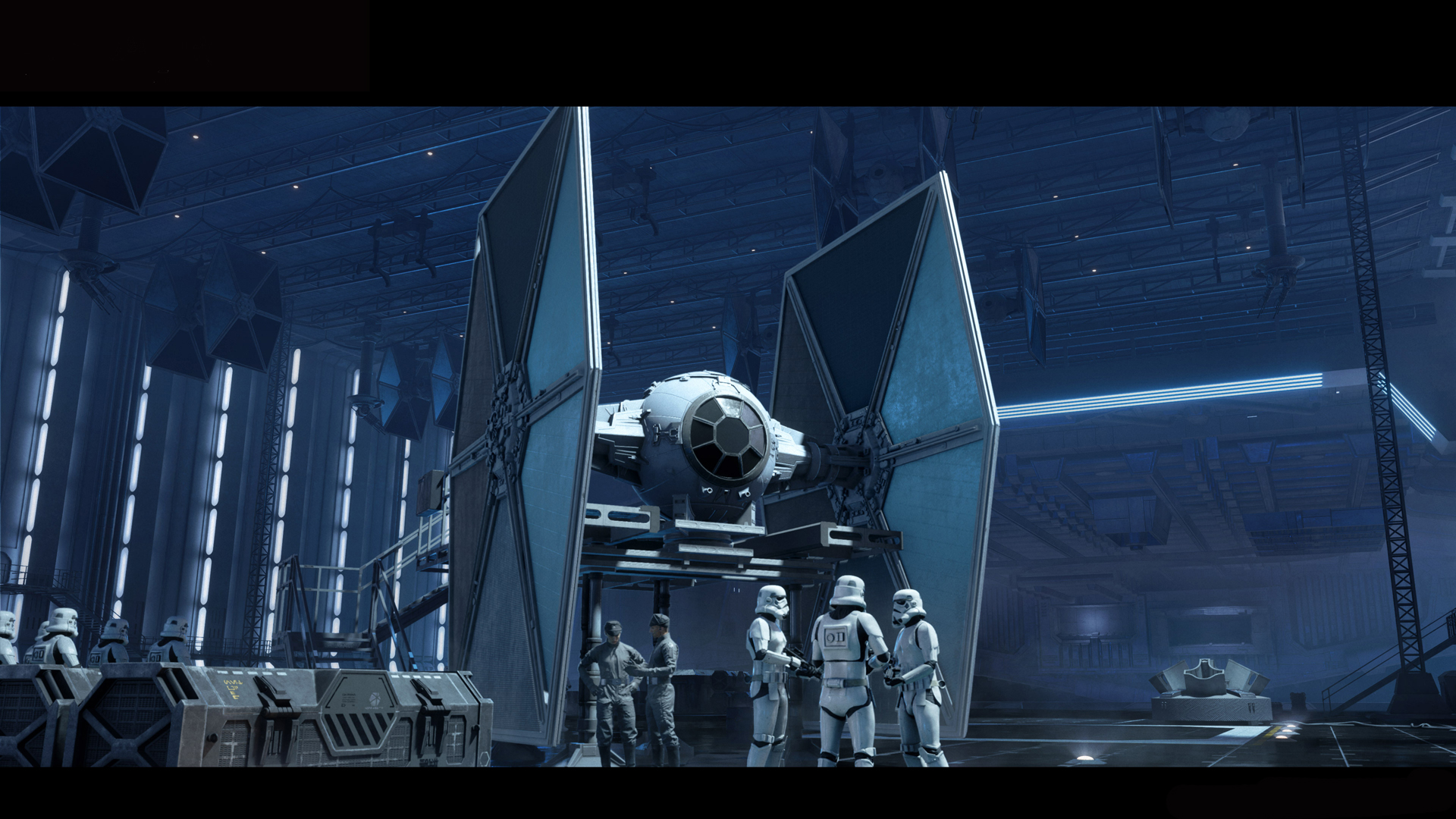
Now, that development process is one which focuses on the game being done by the time you get it. There's no appetite for Star Wars: Squadrons to become a live service game, rotating in modes and characters. When I ask Fraizer about why the team decided to forgo this staple of modern multiplayer games, and if he would be tempted to add in content after launch, he explains why he prefers to focus on the full game. "There's always stuff bubbling, ideas and things that you could do, or ways you can build on, or add and expand. I'm never gonna shut the door completely. We want to see how the game lands and how people react to it depending on you know, all the various different factors involved there."
After acknowledging that the team may create content for Star Wars: Squadrons after release, Frazier then tells me about the thing he wanted to avoid when creating the game. "Something that I've seen happen a lot in recent years, is games come out, and it makes sense why this happens from a business standpoint, but games come out and they're not done. And you can tell they're not done. And [that's] because it's a mindset of understanding that 'it's fine, we'll just keep adding to it'."
Frazier adds to this point: "As a kid, I loved buying a game, and I got the box and it was the game, and I missed that feeling. You hardly ever get that anymore. it still happens, but it's rare. And we wanted to make sure that the player who picked up Squadrons felt like they got their money's worth."
It speaks volumes that that final point feels more radical than it should. While it clearly isn't meant as a slight on live service games, it does position Star Wars: Squadrons as a distinctive title in the modern landscape, especially considering the bungled launch (and subsequent tinkering) of Battlefront 2. It doesn't want to be an all-encompassing time-sink, a game you return to make progress on a battle pass or because a new mode has been added. It wants you to return because the excitement of weaving through wreckage and chasing down enemy fighters doesn't dilute over time. Considering that we're just as eager to step into an X-Wing in 2020 as we were when we watched A New Hope, it's a smart assessment.

Ben Tyrer is a freelance games journalist with over ten years experience of writing about games. After graduating from Bournemouth University with a degree in multimedia journalism he's worked for Official PlayStation Magazine as a staff writer and games editor, as well as GamesRadar+ (hey, that's this website!) as a news editor. He's also contributed to Official Xbox Magazine, Edge, PC Gamer, GamesMaster, PC Games N, and more. His game of the year - no matter the year - is Rocket League.
